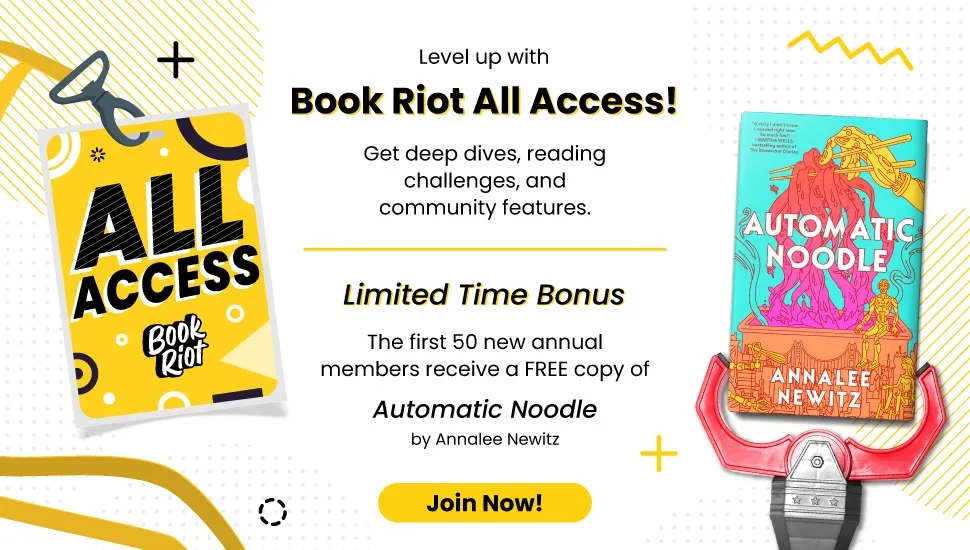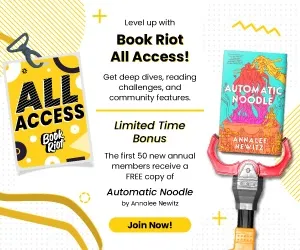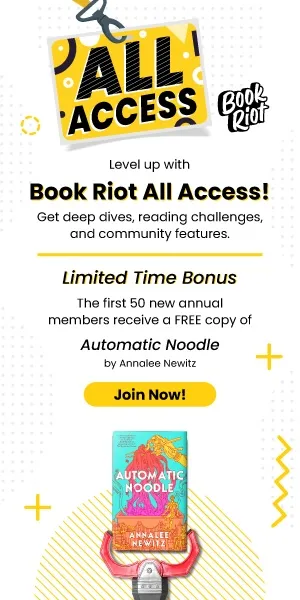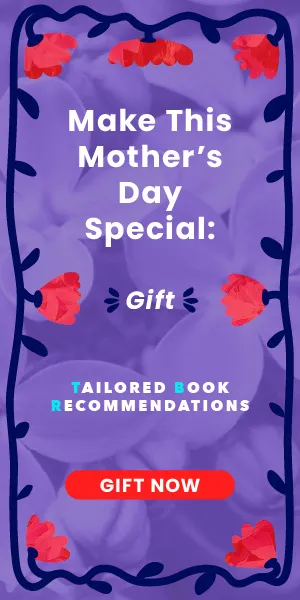For the last several years, my manager has put me in charge of coordinating our library’s summer reading program for adults and teenagers. After I stopped cackling over the immense amount of power bestowed on me, I got to work and realized…this is a lot more complicated and stressful than I initially realized.
And after organizing a few summer reading programs (and our inaugural winter reading program earlier this year), I realized that…it doesn’t get much easier. We’ve tried new formats for the program (reading lists, bingo cards, etc.), we’ve contemplated ways to make our reading programs as inclusive as possible for high schoolers, ESL students, adult tutoring students, we’ve discussed the pros and cons of gift cards vs. Kindles vs. gift baskets vs. gift baskets with gift cards and Kindles, and even when we’ve improved participation rates over last year’s program, there’s still so many things to consider for next time. In fact, I don’t really get a break between reading programs. It’s more like I’m constant state of evaluation, preparation, and last minute scrambling because I actually didn’t prepare as well as I thought.
So I thought it might be helpful to write out some of the things I’ve learned over the last few years in the hopes that these revelations can guide my decisions in a few months when I’m bemoaning how little time I have before Winter Reading kicks off.
1. Stats are important, but stories are amazing.
The library world is ruled by statistics—participation rates, circulation numbers, patron interactions, door counts—and reading programs are no different. We’re counting how many people signed up, how many adults signed up vs. teenagers, how many signed up and then actually participated, how many books were read, and how many staff transactions were recorded. For example, I was extremely excited to see that this year, our adults and teens read approximately 650 books this summer, based on the number of submitted raffle entries.
But the stats only tell part of the story. The real joy of the summer reading program comes from the stories we get from interacting with patrons. It’s the excitement of bonding with a high schooler over a shared favorite book, or listening to someone talk about a brand new mystery series they discovered thanks to a librarian’s suggestion, or hearing someone talk about reading a book outside their comfort zone and absolutely loving it. This year, we had a brother and sister in high school enter the reading program and submit over 50 raffle entries between the two of them because they were both avid manga fans and loved doing the summer reading program every year. It’s these types of stories that give statistics a human element and really emphasize the point of doing these types of programs. It’s not to increase our participation numbers or circulation stats. It’s to make connections within the community.
2. Success is relative.
My library is located in an urban community where the majority of its citizens live below the poverty line and struggle with issues such as housing shortages, layoffs, language barriers, citizenship and immigration applications, and community violence. I could not have picked a more meaningful place to work and provide essential services, but in this community, reading is not always at the top of everyone’s priorities. We are working on implementing ways that we can meet these people where they are and provide reader services that address and meet those needs, but we’re simply not going to have the program numbers that a suburban library might report. And that’s okay.
I follow a lot of libraries and librarians on Twitter, and I’ll admit that during the first month of the summer reading program, I kept feeling pangs of jealousy as I watched libraries celebrate that their participants submitted 1000 books/raffle entries before July even began. But our community is different, and that doesn’t mean our successes are any less important. During our kickoff event this year, we got 30 people signed up for the summer reading program that first day. These numbers might seem low when you compare them to another district, but that’s also 30 people who got to walk away with a free book, since we were doing ARC giveaways for everyone who registered that day. That was 30 conversations I was able to have with our patrons. I would have liked to see more people attend, but we can address that for next year. It’s important to be proud of your successes in the moment, and not play the disheartening comparison game.
3. Adults love prizes. And pins.
Seriously, the most effective marketing we did for this year’s summer reading program was mega-simple: have the gift basket grand prizes on display behind the Reference Desk and make heavy use of our department button maker. People passing by the desk would ask about the baskets, which we would then use as a very effective segue to get people to register for the program. We got questions all summer long, and were still signing up people halfway through July.
We also had a bowl full of small hand-made pins that we created using old magazines and book catalogs to entice people to sign up, and holy cow, you would have thought we were giving away money. We made HUNDREDS of pins over the first month before we ran low on supplies and decided to put a halt to the pin-making and re-evaluate for next time. People grabbed fistfuls of pins from the bowl at the desk while we weren’t looking, practically emptying the bowl in one go. We intend to use pins in future reading programs, but we’ll have to figure out a better plan in the meantime.
Did your library do something really cool for summer reading this year? Are there any fellow reading-program planners with additional insights? Let us know!












